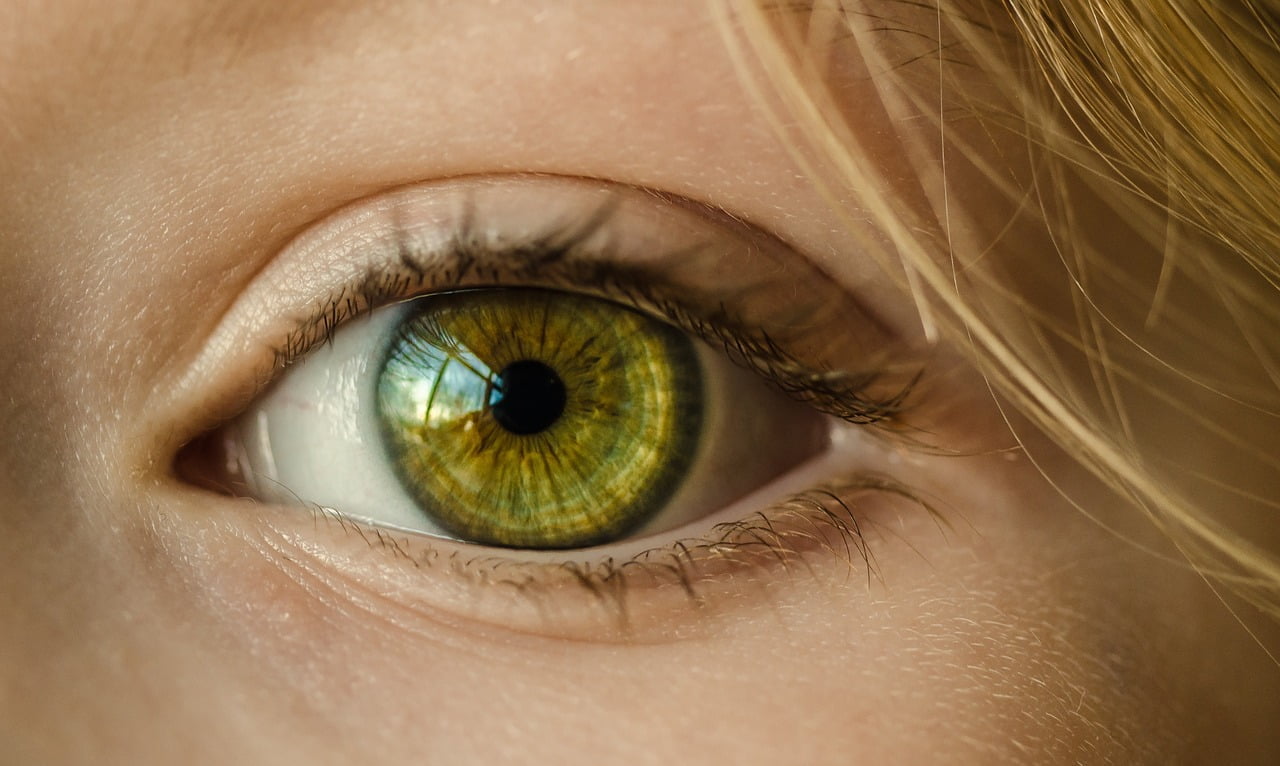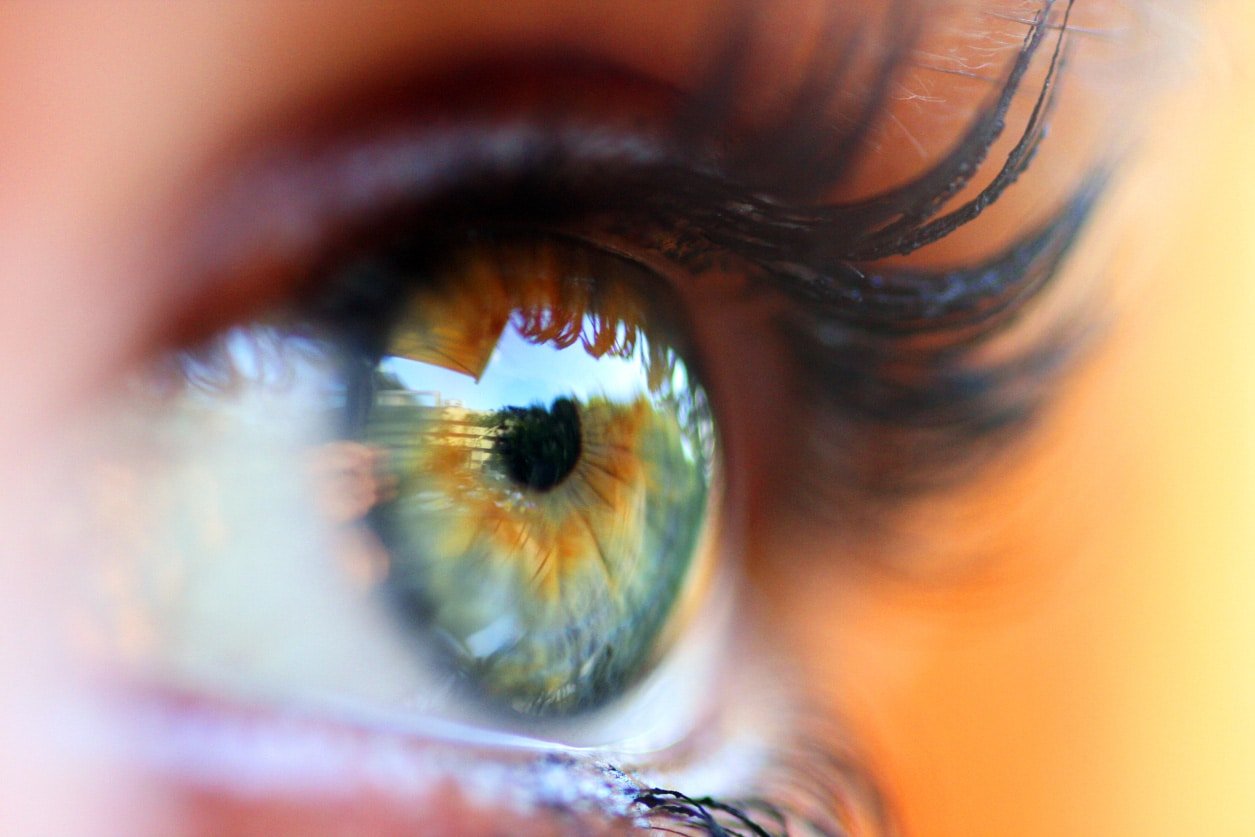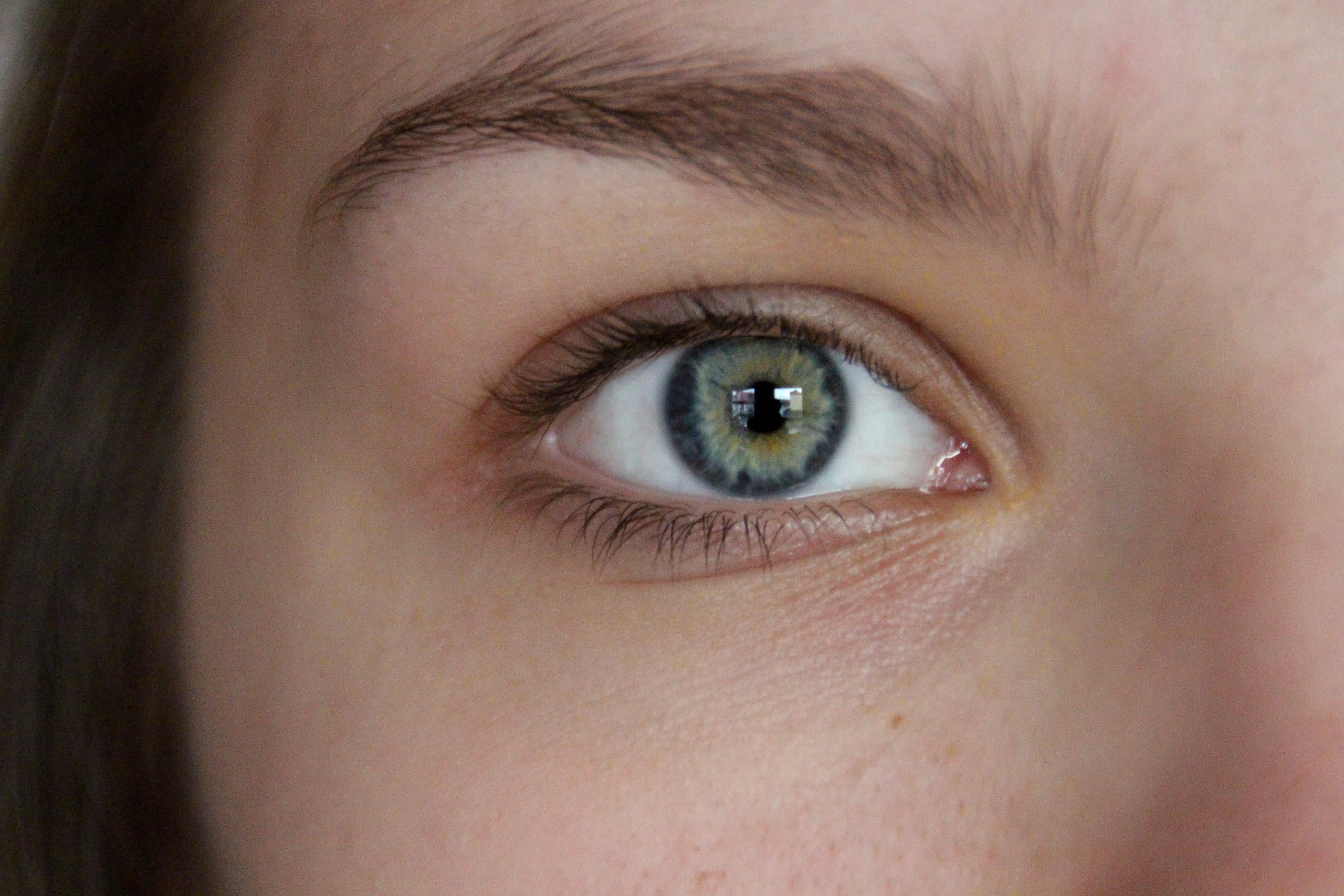Fractured Eye Socket
The eye socket, or orbital cavity, is the space that surrounds the eyeball, including the tissue walls, muscles, and bones that protect and secure the eyeball in place. Injuries like an eye socket fracture or eye socket broken bones fall under the umbrella of eye socket trauma.
Blunt force trauma is a common cause of fracture eye socket issues. The bony walls of the socket are relatively thin and easily damaged by harsh physical impacts. Most commonly, it’s the medial wall and the orbital floor that end up broken or fractured.
You may ask, “Is a fractured eye socket serious?” In most cases, absolutely. Even light damage to this sensitive, delicate part of the body could lead to severe consequences – double vision, loss of sensation, problems with eye movement, and more.
Fractured Eye Socket Surgery
When dealing with blunt eye trauma or some sort of penetrating eye injury that has caused an eye socket fracture or break, treatment approaches vary according to the severity of the injury.
In mild cases, specialists may simply allow the bones to heal on their own. In the meantime, the patient can use ice packs, painkillers, and decongestants, as well as take care not to disturb the eye (such as avoiding blowing their nose).
In more serious cases, surgery is invariably the only option. Either oculoplastic or maxillofacial surgeons will be tasked with repairing the damage. These specialists will typically evaluate each patient’s injury to determine whether surgery is necessary.


